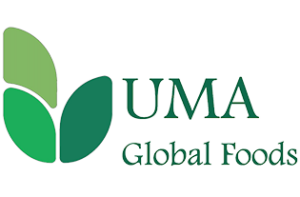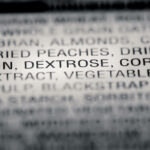BOOSTING OUR IMMUNE SYSTEM
Boosting Our Immune System
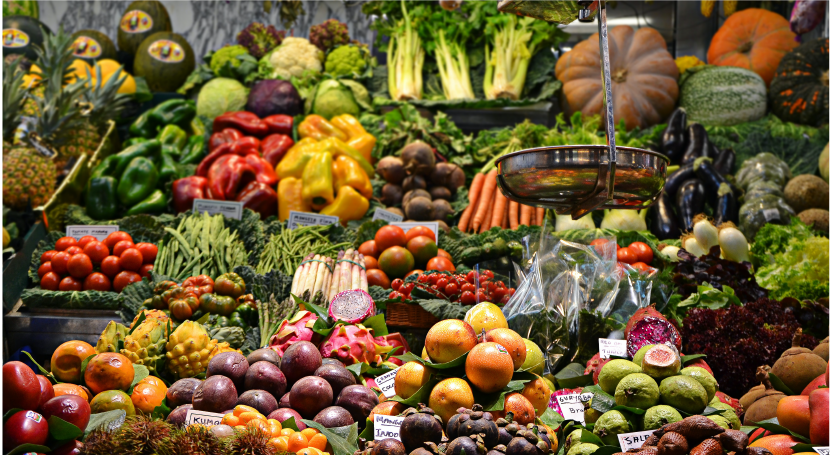
Boosting Our Immune System
Global stats on COVID are on the rise again with some countries being hit particularly hard. We wanted to revisit the topic of keeping our immune system up as the environment around us changes.
We need to eat right for our immune system to function right. A whole host of different reactions go on during our immune response, in turn require various requisite minerals and nutrients, and also burning more energy. To replenish this, we advocate for a wide range of whole-food plant-based foods across vegetables, fruits, spices, grains, legumes etc. Today, we want to revisit kitchen staples that can be great contributors to our immunity, and show how these humble ingredients can unlock our kitchen pharmacy.
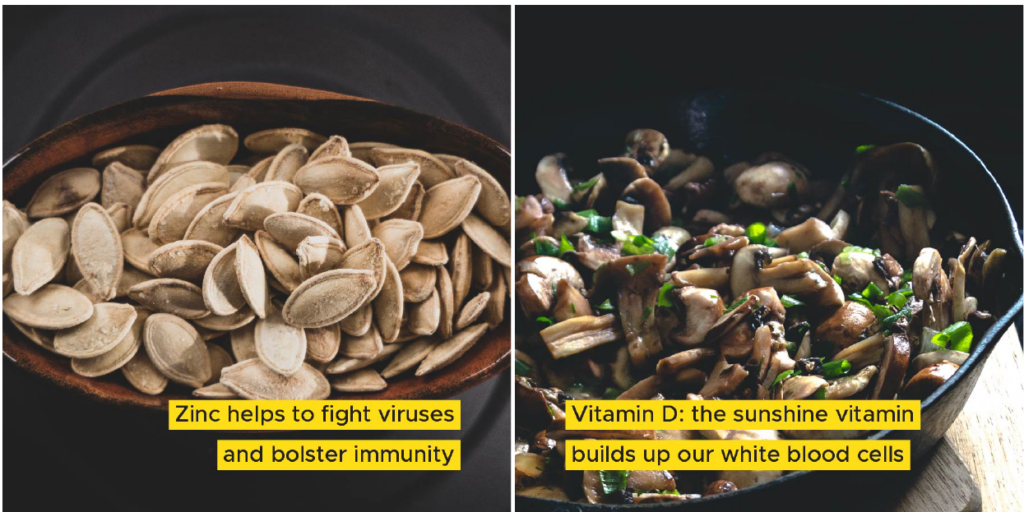
Zinc helps to fight viruses and bolster immunity
Zinc is the second most common element in the body after iron. It is a trace mineral involved in many biological processes in our immune system, and has been shown to actively block replication of viruses in cell cultures. In addition, the body also needs zinc to make proteins and DNA, our body’s building blocks. Nuts and seeds are food sources rich in zinc. 1 tbsp of sesame seeds or pumpkin seeds give nearly 8% of our daily requirement of zinc!
Vitamin D: the sunshine vitamin builds up our white blood cells
Vitamin D is one of many hormones involved in the maturation of white blood cells, our first line against most types of infection. In particular, researchers have uncovered a relatively consistent link between low vitamin D level and increased risk of respiratory infection. 10-30 minutes of sunlight several times per week is enough to provide the required vitamin D. However with reduced exposure to sunlight, you may want to look to mushrooms which are a great source of natural vitamin D.
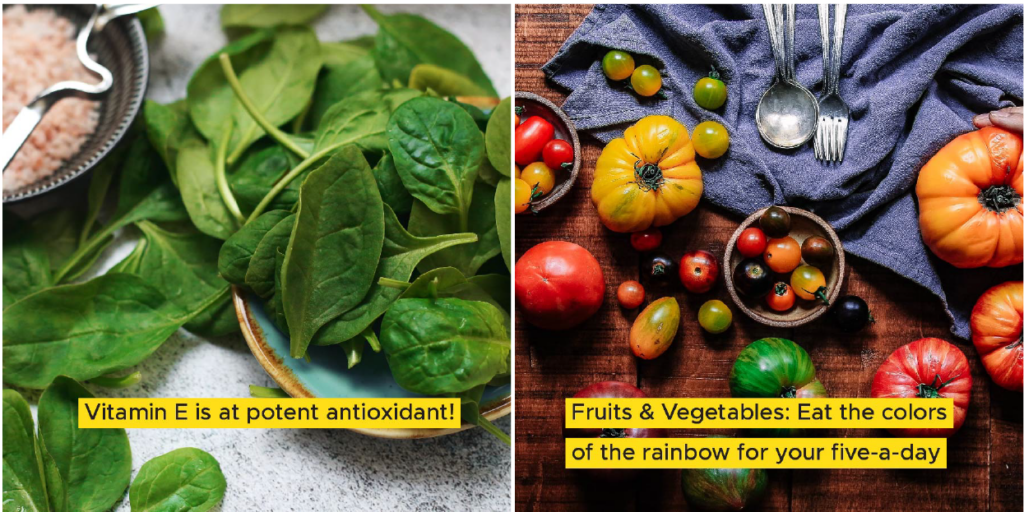
Vitamin E is a potent antioxidant!A major component of our body’s antioxidant defence, multiple studies have observed how deficiency of vitamin E can significantly lower immune response, and even respiratory infections in elderly people. Vitamin E is a group of 8 fat-soluble nutrients that include 4 tocopherols and 4 tocotrienols. 1 cup of cooked spinach gives almost a quarter of our daily requirements of vitamin E. Avoid cooking at high heats as this will destroy the vitamin E in your foods.
Fruits & Vegetables: Eat the colors of the rainbow for your five-a-day
While the rainbow may not be the technically accurate description, fruits & vegetables broadly fall into five color groups. Each color is a carrier of specific phytochemicals that perform some unique functions including cell development, immune support and fighting specific diseases.
RED: Lycopene is the antioxidant that gives these fruits & vegetables their unique color. Its heart healthy and helps fight cancers.
PURPLE: Anthocyanin is the water-soluble flavonoid that imparts the colors purple, blue and red. They are anti-inflammatory, anti-viral and have anti-cancer benefits.
ORANGE: Carotenoids are fat-soluble antioxidants in foods the most popular or familiar is beta-carotene that is converted to Vitamin A in the body. TIP: Cooking/chopping these vegetables releases more nutrients that eating these raw or whole.
GREEN: Indoles, Saponin & carotenoids are phytochemicals in green leafy vegetables known to have anti-cancer properties.
BROWN/WHITE: Allicin, quercetin & Sulphoraphane are compounds along with Vitamin C and potassium in these fruits and vegetables. Known anti-inflammatory, promotes heart health & cholesterol.
